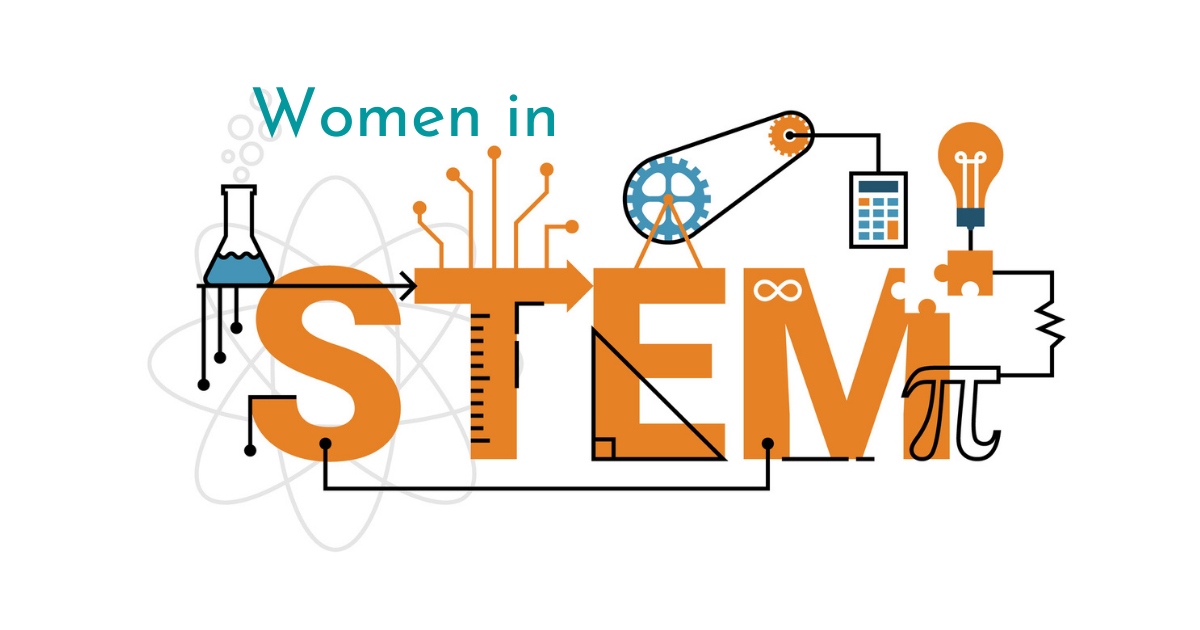Introduction
The fields of Science, Technology, Engineering, and Mathematics, collectively known as STEM, have long been dominated by men. This underrepresentation of women in STEM is not just a statistical disparity; it’s a symptom of a broader issue – the gender gap. Women have historically been marginalized in these fields, but the tide is gradually turning as societies and industries realize the importance of diversity and inclusion.
The Gender Gap in STEM: A Historical Perspective
To truly appreciate the journey of women in STEM, we must understand the historical context. In the not-so-distant past, women were largely excluded from academic and professional opportunities in these fields. Early female scientists, like Marie Curie, faced immense challenges to make their mark. Over time, women have made significant strides, but the gender gap is far from closed.
Challenges Faced by Women in STEM
The road to success in STEM for women is still paved with obstacles. Discrimination, stereotypes, and bias persist, making it difficult for women to access opportunities, gain recognition, and excel in STEM careers. The challenges women face in STEM are complex and multifaceted, ranging from the lack of female role models to implicit bias in hiring and promotion decisions.
Breaking Barriers: Women Pioneers in STEM
Despite the challenges, numerous women have broken through barriers to make remarkable contributions to STEM. From Ada Lovelace, the world’s first computer programmer, to contemporary scientists like Jane Goodall and Mary Jackson, these women have not only excelled in their fields but have also inspired future generations.
The Importance of Diversity and Inclusion in STEM
Diversity and inclusion are not just buzzwords; they are vital for the progress of STEM fields. Diverse perspectives bring fresh ideas and approaches to solving complex problems. When women, along with individuals from different ethnic backgrounds and underrepresented groups, have a seat at the STEM table, innovation thrives.
Initiatives to Promote Women in STEM
Thankfully, awareness of the gender gap in STEM has led to the development of various initiatives. Organizations, universities, and governments are taking steps to support women’s participation in STEM. Scholarships, mentorship programs, and women in STEM networks are increasingly prevalent, helping women navigate the often-challenging landscape of STEM careers.
Closing the Gender Gap: The Way Forward
It’s clear that the gender gap in STEM is a deeply rooted issue, but we’re making progress. The road ahead involves concerted efforts from individuals, organizations, and governments to address these disparities. Education and awareness are essential, as are policies that promote equal opportunities in STEM. The more we work collectively to break down barriers and challenge stereotypes, the closer we come to achieving gender equality in STEM.
Conclusion
Women in STEM are not just making history; they’re shaping the future. Their contributions are invaluable, and their stories serve as an inspiration for generations to come. It’s time to acknowledge the gender gap in STEM, embrace diversity and inclusion, and actively work towards creating a world where anyone, regardless of their gender, can thrive in the fascinating and dynamic world of Science, Technology, Engineering, and Mathematics. The future of STEM is diverse, and it’s brighter than ever.






